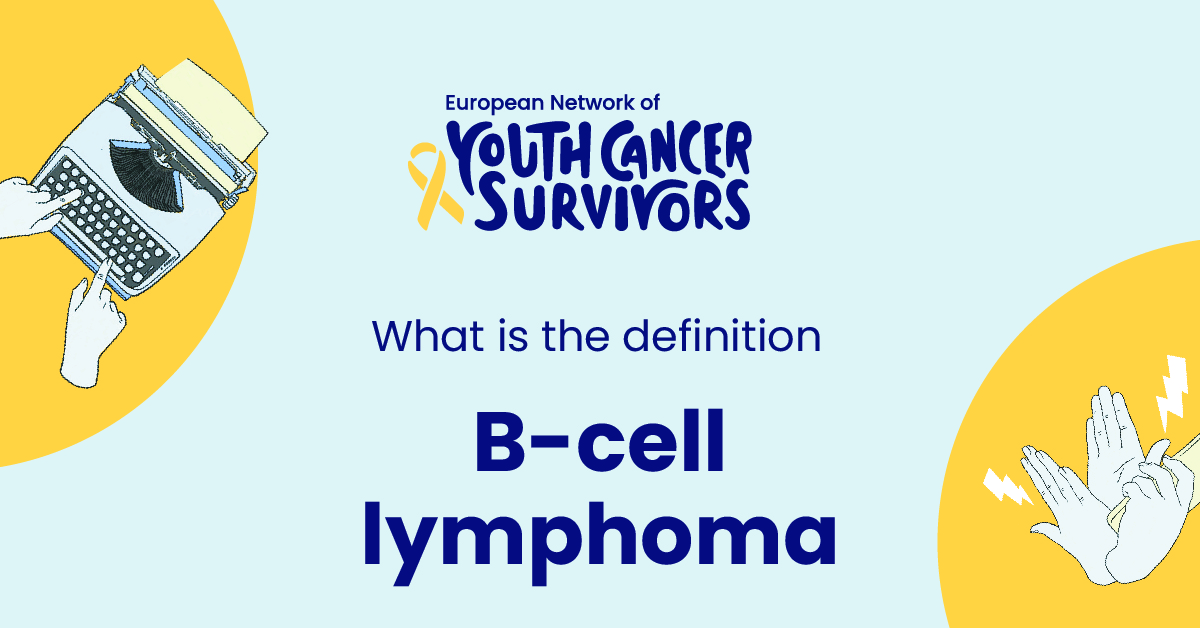
The field of oncology is complex and continually evolving, presenting researchers with new challenges and breakthroughs. One disease that continues to warrant significant attention is B-cell lymphoma. This comprehensive guide aims to deepen your understanding of B-cell lymphoma, exploring its definition, causes, types, symptoms, treatments and how to cope with the diagnosis.
Detailed Definition of B-Cell Lymphoma
So, what exactly is B-cell lymphoma? B-cell lymphoma is a type of cancer that develops in B lymphocytes (B-cells), which are vital components of the immune system responsible for producing antibodies to fight off infections. Under normal circumstances, these cells play a crucial role in maintaining our health.
However, when these cells mutate and become abnormal, they rapidly multiply, resulting in what is known as B-cell lymphoma. The key difference between normal B-cells and lymphoma B-cells is that the latter are malignant and interfere with the normal functions of the immune system, often leading to severe health complications.
Causes and Risk Factors of B-Cell Lymphoma
The precise causes of B-cell lymphoma remain unknown. However, several key drivers may influence its development. These include certain viral infections, immune system diseases, and exposure to chemicals or radiation. Additionally, genetics and lifestyle choices may also play contributing roles.
The risk factors for B-cell lymphoma vary, with some being unique to specific types of the disease. Age, gender, ethnicity, family history of lymphomas, and weakened immune systems are some known risk factors. To mitigate this risk, maintaining a healthy lifestyle and timely medical check-ups are essential, especially for those with a family history of the disease.
Get to know us better
If you are reading this, you are in the right place – we do not care who you are and what you do, press the button and follow discussions live

Different Types of B-Cell Lymphoma
Within the umbrella of B-cell lymphoma, there are several types, each characterized by unique features. The most common types include Diffuse Large B-cell Lymphoma (DLBCL), Follicular Lymphoma (FL), and Chronic Lymphocytic Leukemia (CLL). Each type presents its own set of symptoms and requires a specific treatment approach.
For instance, DLBCL is an aggressive type typically present as large tumors in the body, while FL, a less aggressive type, often involves slowly growing lymph nodes. Understanding these distinctions can help guide treatment decisions and impact prognosis.
Understanding the Symptoms and Diagnosis of B-Cell Lymphoma
Symptoms of B-cell lymphoma can vary greatly, ranging from common signs like fatigue, fever, and swollen lymph nodes, to less common symptoms such as weight loss, night sweats, and skin rashes. Early detection is crucial to improving patient outcomes, making awareness of these symptoms essential.
Diagnosis typically involves medical history, physical examination, biopsies, and imaging tests. Further genetic testing may help identify the specific type of B-cell lymphoma, thereby aiding in creating a personalized treatment plan.
Current Treatments Available for B-Cell Lymphoma
The management of B-cell lymphoma encompasses varied therapeutic approaches, including chemotherapy, radiotherapy, immunotherapy, and stem cell transplantation. Specific treatment plans are individualized based on the lymphoma type, disease stage, patient’s age, and overall health status.
While chemotherapy remains a mainstay of treatment, recent advancements in immunotherapy demonstrate promising results in harnessing the body’s immune response to fight the disease.
Living with B-Cell Lymphoma: Coping and Support
Living with B-cell lymphoma can be challenging, and having a robust support system is crucial. Sharing stories from survivors can offer comfort and hope, while resources like support groups and counselling can provide emotional and psychosocial assistance.
Healthcare professionals and advocacy organizations can also offer resources and information to help patients and caregivers navigate this journey. A patient-centered approach that respects each person’s unique experiences is key to managing this disease.
Conclusion
B-cell lymphoma is a disease with many intricacies. Understanding its definition, causes, types, symptoms, and treatment options can equip individuals and their loved ones to navigate this complex landscape. The importance of ongoing research and innovation in improving diagnosis and treatment options cannot be understated.
FAQs about B-cell lymphoma
- What is the main difference between B-cell lymphoma and other types of lymphoma?
The main distinction lies in the type of lymphocyte (white blood cell) involved. B-cell lymphoma stems from B-cells, while T-cell lymphoma originates in T-cells. Different types of lymphoma also possess unique characteristics, symptoms, and treatments.
- Are there any specific lifestyle modifications that can reduce the risk of B-cell lymphoma?
While a direct cause-and-effect relationship is not established, adopting a healthy lifestyle that includes a balanced diet, regular physical activity, adequate sleep, and avoiding exposure to harmful substances can potentially lower the risk.
- How often should individuals with a family history of B-cell lymphoma get screened?
The frequency of screenings would depend on several factors, including age, overall health, and specific familial risk. Consultation with a healthcare provider can clarify individual screening recommendations.
- What are some of the new treatment avenues being explored for B-cell lymphoma?
Emerging treatments include targeted therapies, CAR-T cell therapy, and immunotherapy drugs, which are designed to boost the immune system’s ability to fight cancer. Many clinical trials are underway to explore these treatments’ effectiveness.
- If diagnosed with B-cell lymphoma, what should be my next steps?
First, gather as much information as possible about your specific type of lymphoma. Then discuss treatment options, potential side effects, and pricing with your healthcare provider. Consider seeking a second opinion, and don’t hesitate to ask for emotional and psychological support.

















Comments
Thank you. Comment sent for approval.
Something is wrong, try again later